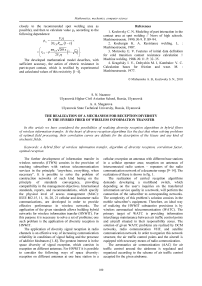The realization of a mechanism for reception diversity in the hybrid fiber of wireless information transfer
Автор: Nazarov S.N., Shagarova A.A.
Журнал: Сибирский аэрокосмический журнал @vestnik-sibsau
Рубрика: Математика, механика, информатика
Статья в выпуске: 7 (33), 2010 года.
Бесплатный доступ
In this article we have considered the possibilities of realizing diversity reception algorithms in hybrid fibers of wireless information transfer. At the heart of diverse reception algorithms lies the fact that when solving problems of optimal field processing, their correlation curves are definite for the description of the Gauss and any kind of stochastic fields.
A hybrid fiber of wireless information transfer, algorithm of diversity reception, correlation factor, optimal reception
Короткий адрес: https://sciup.org/148176417
IDR: 148176417
Текст научной статьи The realization of a mechanism for reception diversity in the hybrid fiber of wireless information transfer
The further development of information transfer in wireless networks (ITWN) consists in the provision of reaching subscribers with various telecommunication services in the principle: “anywhere, everything, when necessary”. It is possible to solve the problem of construction networks of such kind basing on the principle of standards convergence, providing compatibility in the management objectives. International standards, reports, and recommendations, which specify the physical level of access management (МАС): IEEE 802.15, 11, 16, 20, 21 cellular and decameter radio communications, are developed in order to provide effective performance in wireless networks. The application of the given standards allows building hybrid networks for wireless information transfer (HNWIT). For this purpose it is necessary to solve a set of problems; one such problem is the application of diversity reception in HNWIT.
The application of diversity signal reception in radio channels is an effective way of increasing communication reliability in conditions of signal fading and the presence of additive hindrances [1–8]. The greatest interest is in the space diversity of signal reception, which consists in reception on different antennas. For HNWIT it is possible to consider the following ways of space diversity: reception on different antennas at one base station in a cellular; reception on antennas with different base stations in a cellular operator area; reception on antennas of interconnected radio centers – repeaters of the radio communication network of a decameter range [9–14]. The realization of these is shown in fig. 1.
The realization of carried reception algorithms demands developing a multiband switch, which depending on the user’s inquiries on the transferred information service quality in a network, will perform the connection of the subscriber to corresponding networks. The complexity of this problem’s solution consists in the mobile subscriber’s equipment. Therefore, an ideal way of realizing the HNWIT substantive provisions is by wireless aeronautical telecommunication (WATC). The primary target of WATC is providing information interchange maintenance between air traffic control points and aircraft situated in their responsibility zones. The solution of given WATC problems are realized by DCM networks, radio communication VHF, and satellite communication network. In order to organize this network structure, the air traffic control points and the aircraft is equipped with necessary means of radio communication.
The aeronautics air communication (AAC) for air traffic control around the airdrome is regulated and organized according to the scheme of air traffic control accepted for the given airdrome.
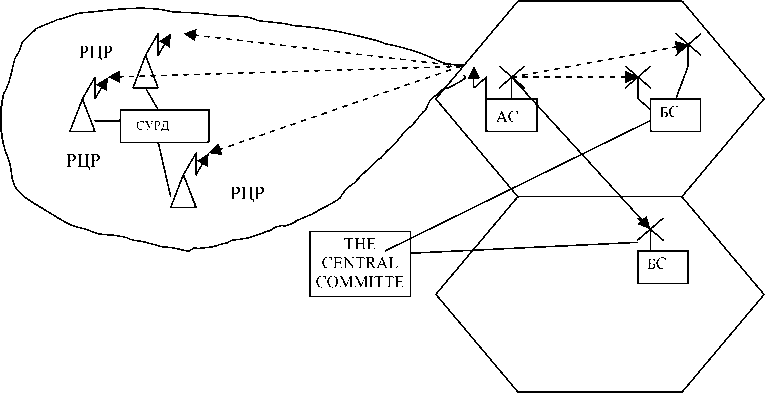
Fig. 1. Ways of spacious separation for signal reception in hybrid networks of wireless information transfer
There are radio networks of air traffic control points around the airdrome: of approach (by quantity of sectors); of a traffic control circle; of takeoff and landing systems; of a start traffic control center; of a command and flight control center; of emergency situation – this is typical for all ATC centers. The analysis of the existing VHF network in radio communication functioning efficiency was carried out based on the accounting technique for expected possible radio communication [15].
A model, imitating the functioning of the VHF network in radio has been developed using the Any Logic environment program version 6.04. As it can be seen from the graphs in fig. 2, the value of the signal level during reception decreases with as the aircraft distances from the control center. However the radio communication VHF provides the demanded value for the signal at the set distances. Thus, existing VHF networks allow necessary information transfer for necessary aircraft management. However, today the system of air transport consists out of a number of airlines which compete on the market of air transportations. An important factor, making the functioning of such a company successful is providing its passengers with modern information and communication services in real-time. These services can be realized by introducing elements of carried reception for mobile communication networks with broadband access, based on the family of IEEE 802.11, 802.16 aviation telecommunication standards (fig. 3).
AAC on airlines and local air-lines is organized according to the used scheme of the ATC for each airline; the same is for local airlines. The basic means of providing ATC for airlines are those of radio communication, the range of which provides management during all aircraft flight ranges. The following radio networks are organized for this purpose: for management in RC zones (according to the number of sectors) and in auxiliary centers – within VHF range; zone RC aeronautics communication within DCM range; longdistance communication within DCM range; emergency communication within VHF range; radio network of the dispatching office of the air company within VHF range. Long-distance communication radio networks of DCM range are organized to communicate with the aircraft crews, carrying out distant and international flights.
The efficiency analysis of DCM network radio communications functioning has conducted according to a technique considered in [15], based on a model developed in the environment imitating modelling program Any Logic version 6.04. As it can be seen from the graphs in fig. 4, the toughening on requirements to the reliability of information transfer leads to a drop in the realization of radio communication at the given range. In order to increase the SRS DCM in wireless aeronautical telecommunication we have offered to use a network of interconnected radio repeater-centers taken out of the communication zone on a distance of more than 2.000 km at least 250 km apart from each other. This shall provide a low level of spatial correlation in relation values for signal-hindrance between the repeaters (fig. 5). As it can be seen from fig. 6, a , b the application of the taken out interconnected spatially independent reception points allows raising the values for the probabilities of radio communication in comparison with the use of direct channels.
The performed functioning efficiency analysis of modern wireless communication networks and standards for their design shows that further development of wireless communication is the creating of HSWTI. At the current the level of electronics development the best application of HSWTI is in WATC. The modelling of WATC has shown that the introduction of HSWTI will be carried out on the basis of the taken out radio center networks – repeaters, elements of broadband access, and satellite communication networks.
In order to decreases the communication expenses of local air companies, services to carry out wireless communication construction according to the block diagramme shown in fig. 7 are offered. The aircraft board is considered as a uniform local network where there are passengers and pilots’ functions. From a local aircraft network the user can be provided with access to global and corporate network resources in a real-time. According to an inquiry of the user for the type of service and demanded quality, a communicator connects him/her to the corresponding telecommunication network.
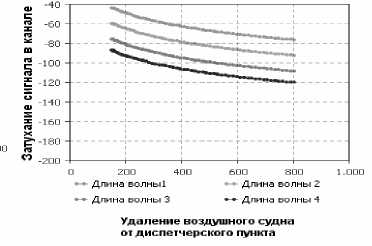
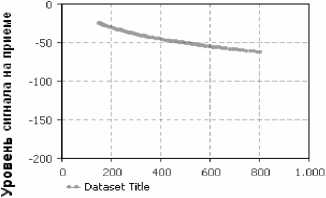
Удаление воздушного судна от диспетчерского пункта
b
Fig. 2. Value graphs:
a – attenuation of a signal in channel; b – signal level on at receiver input
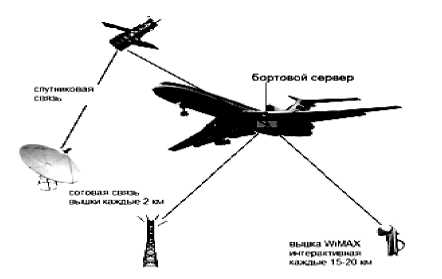
Fig. 3. Application of broadband network elements access in aeronautics telecommunication
At Р ош. demand = 0.3
Probability of radio communication
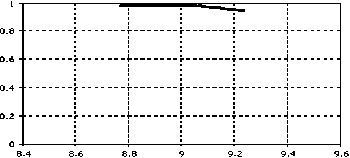
Optimal performance frequency
Fig. 4. Value graphs of radio communication probability dependence from the values of optimal performance frequency in existing DCM wireless aeronautics communication
At Р ош.. demand
= 0.05
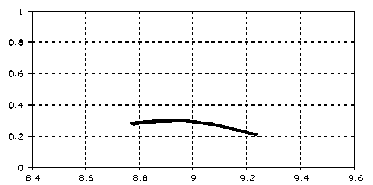
Optimual performance frequency
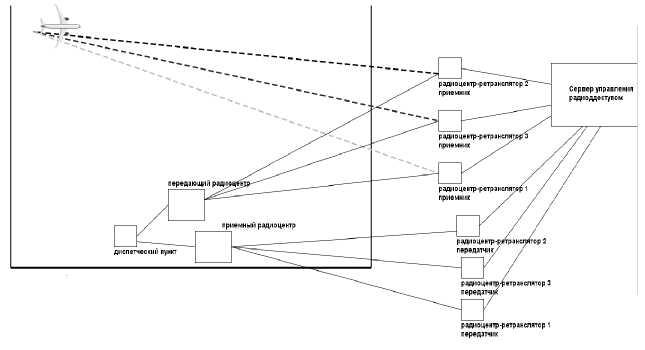
Fig. 5. The application of the “taken out” interconnected radio repeater centers in a hybrid network of wireless aeronautics telecommunication and information transfer
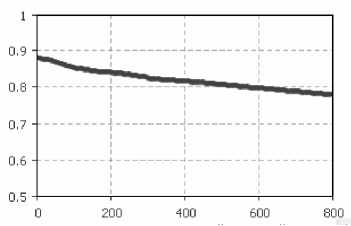
a
Fig. 6. Radio communications of an aircraft with a flight control center: a – at demanded error probability = 0.01; b – demanded error probability = 0.03
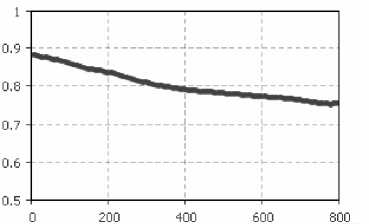
b
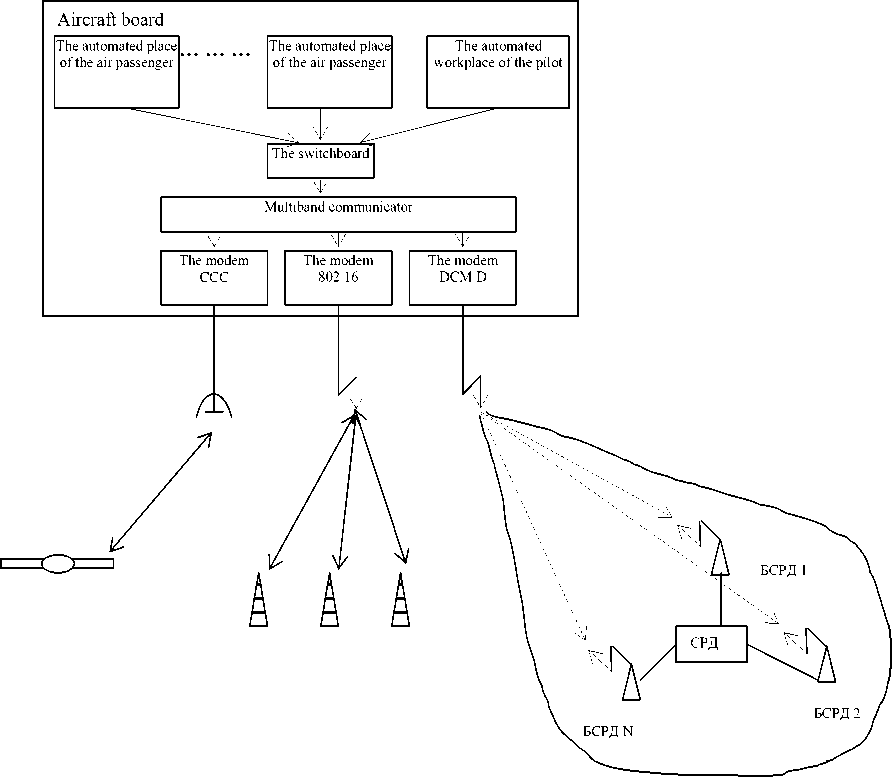
Fig. 7. The offered HSWTI structure for aeronautics telecommunication

